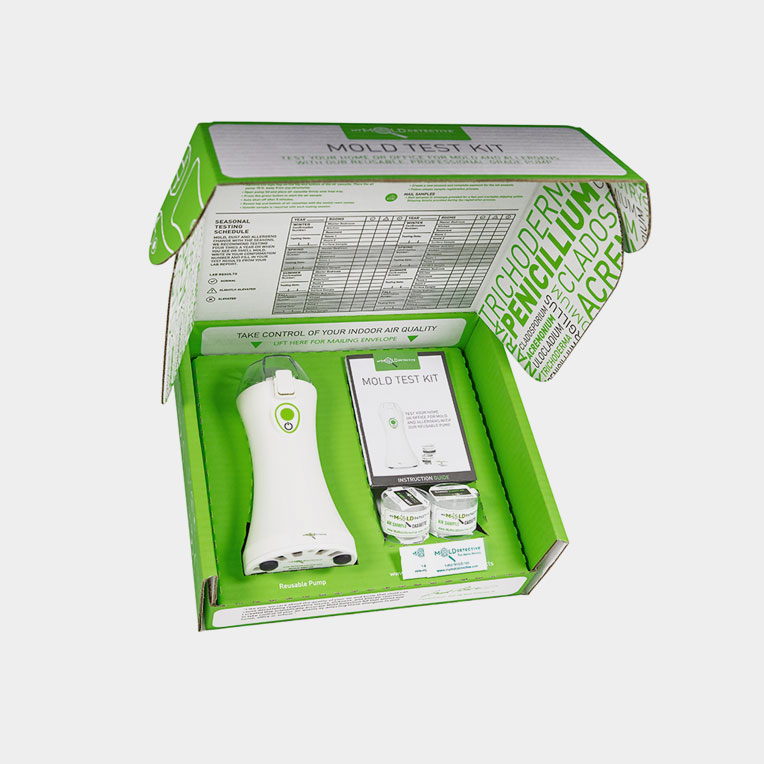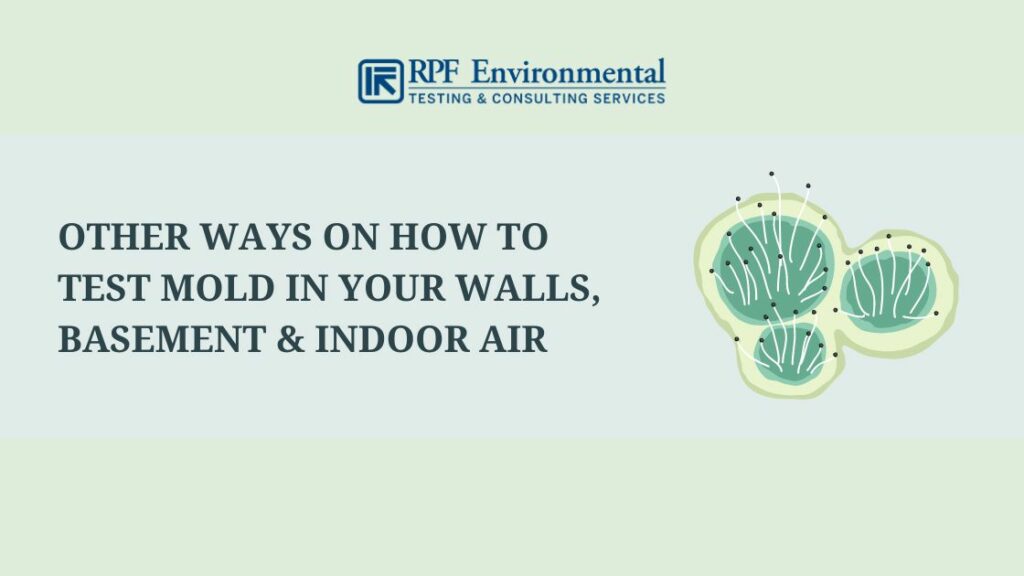Mycotoxin testing Services: A Trick Component in Danger Monitoring Strategies
Mycotoxin testing Services: A Trick Component in Danger Monitoring Strategies
Blog Article
Exactly How Mycotoxin Testing Assists Stop Contamination and Guard Food Products

Mycotoxin testing is an indispensable method in the food industry, offering as a frontline defense against contamination by dangerous toxins generated by molds. Through the application of innovative strategies like High-Performance Liquid Chromatography (HPLC) and Fluid Chromatography-Mass Spectrometry (LC-MS), food manufacturers can properly find and evaluate mycotoxin degrees in agricultural products.
Comprehending Mycotoxins
Understanding mycotoxins begins with recognizing that they are harmful secondary metabolites produced by certain mold and mildews, which can infect farming items. These metabolites are not necessary for the development or reproduction of the fungi but can have severe effects for animal and human health and wellness. Mycotoxins are frequently discovered in staple crops such as corn, wheat, barley, and nuts, where they can multiply under details problems of dampness and temperature level.
There are numerous types of mycotoxins, each generated by different fungal species. Fusarium types produce fumonisins and trichothecenes, both of which are associated with numerous severe and persistent health and wellness issues.

Risks of Mycotoxin Contamination
The risks of mycotoxin contamination are complex, presenting considerable dangers to both food security and public health. Mycotoxins, poisonous compounds produced by particular types of fungi, can infect a large range of agricultural items including cereals, nuts, flavors, dried fruits, and coffee. As soon as these toxic substances infiltrate the food supply, they can bring about major health problems such as liver damage, kidney failure, and also cancer cells. At risk populations, including children, the elderly, and immunocompromised people, are especially in danger.
Economic impacts are one more significant concern. Infected plants can lead to considerable economic losses for farmers and food producers because of minimized yields and the need for pricey decontamination measures. Global trade can be dramatically impeded as countries impose stringent mycotoxin regulations to protect their populaces, leading to denied deliveries and stretched profession relationships.
Ecological variables such as climate adjustment exacerbate the threat of mycotoxin contamination. Variants in temperature level and humidity can create favorable problems for fungal development, boosting the possibility of contamination occasions. Therefore, understanding and mitigating these threats are crucial for making sure the security and honesty of global food supplies.
Techniques of Mycotoxin Examining
Properly identifying mycotoxin contamination in agricultural items is essential for securing public wellness and maintaining food safety and security standards. Different methods are used to detect and evaluate mycotoxins, each offering particular advantages and constraints.
High-Performance Fluid Chromatography (HPLC) is an extensively made use of method because of its high level of sensitivity and precision. It involves dividing mycotoxins from various other compounds in an example, allowing accurate quantification. Likewise, Liquid Chromatography-Mass Spectrometry (LC-MS) combines fluid chromatography with mass spectrometry to provide comprehensive molecular info, making it specifically helpful for identifying numerous mycotoxins concurrently - Mycotoxin testing Services.

Gas Chromatography-Mass Spectrometry (GC-MS) and Thin-Layer Chromatography (TLC) are also utilized, each with one-of-a-kind applications. GC-MS works for unpredictable mycotoxins, while TLC uses an easier, cost-efficient option for initial screening.
Benefits of Routine Evaluating
Routine testing for mycotoxins in agricultural products provides many advantages, substantially contributing to public health and wellness and food safety and security. By identifying contamination early, normal testing aids prevent the circulation of toxic foods, thereby minimizing the threat of mycotoxin-related illnesses amongst customers. This aggressive technique not only you could check here safeguards human wellness however likewise enhances the general quality of food supplies.
Regular testing likewise sustains regulatory conformity. Various nations and areas have actually established rigid limitations for mycotoxin degrees in food and feed. Following these limitations through routine testing guarantees that producers and suppliers meet lawful criteria, consequently avoiding penalties and profession obstacles. Furthermore, keeping compliance fosters customer depend on and brand track record, which are critical for market success.
Additionally, regular mycotoxin testing can bring about considerable financial advantages. Early discovery of contamination permits timely intervention, decreasing possible losses from widespread contamination. Implementing routine screening methods can likewise reduce recall expenses and relevant responsibilities, which can be monetarily devastating.
Moreover, regular screening gives valuable information that can inform much better farming techniques and storage space conditions. By comprehending patterns of contamination, producers can embrace safety nets, therefore minimizing future risks and adding to the sustainability of the food supply chain.
Carrying Out Examining Methods
Executing efficient mycotoxin screening protocols is important for ensuring the safety and security and high quality of farming products. Each phase needs to be looked at to identify where mycotoxin contamination is most likely to occur.
Once critical control points are identified, choosing appropriate screening techniques is necessary. Common techniques consist of enzyme-linked immunosorbent assay (ELISA), high-performance fluid chromatography (HPLC), and mass spectrometry (MS) Each method has its weaknesses and toughness; thus, picking the right one depends on the particular mycotoxin being tested, the required sensitivity, and available resources.

Last but not least, incorporating the screening methods into a thorough food safety and security monitoring system is a good idea. This improves traceability and enables speedy corrective actions when contamination is identified, thus securing the stability of the food supply chain.
Conclusion
Mycotoxin screening is necessary in protecting against contamination and safeguarding food materials by making it possible for early discovery of harmful toxic substances generated by molds in farming items. Advanced approaches such as HPLC and LC-MS make certain compliance with security visite site laws and protect customers from health risks. Routine screening boosts brand credibility, economic stability, and count his response on food security by minimizing contamination-related losses and preserving high requirements in food production. Carrying out strenuous screening protocols is therefore essential for the industry's total well-being.
Mycotoxin testing is an important method in the food market, serving as a frontline defense versus contamination by damaging toxic substances produced by mold and mildews. An incorporated strategy entailing farming techniques, storage space monitoring, and regular screening can mitigate the dangers associated with mycotoxin contamination, ensuring food safety and public health and wellness.
The risks of mycotoxin contamination are multifaceted, posturing significant hazards to both food security and public wellness.Routine screening for mycotoxins in agricultural items supplies many advantages, dramatically contributing to public health and wellness and food safety.Mycotoxin testing is vital in protecting against contamination and guarding food materials by enabling very early detection of unsafe toxic substances produced by mold and mildews in agricultural items.
Report this page